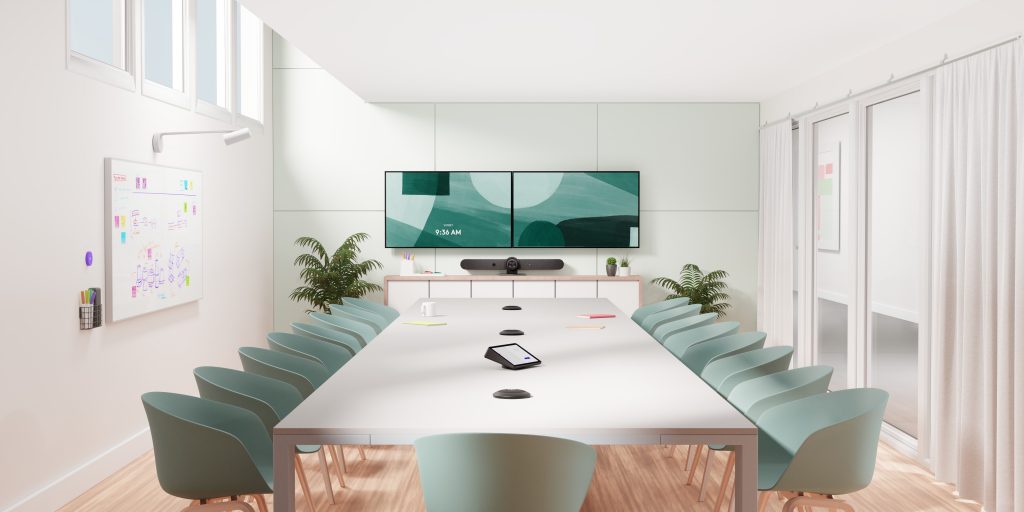
In the ever-evolving landscape of audio conferencing technology, soundbar microphones have emerged as a convenient all-in-one solution for conference rooms. These devices promise to streamline communication by integrating speakers, microphones, and cameras into a single soundbar form factor. With claims of impressive features such as long-range capabilities and AI-driven noise cancellation, it’s tempting to believe that soundbar microphones can revolutionize the way we conduct meetings. However, before jumping aboard the soundbar microphone bandwagon, it’s crucial to consider their suitability for different conference room sizes and acoustic environments.


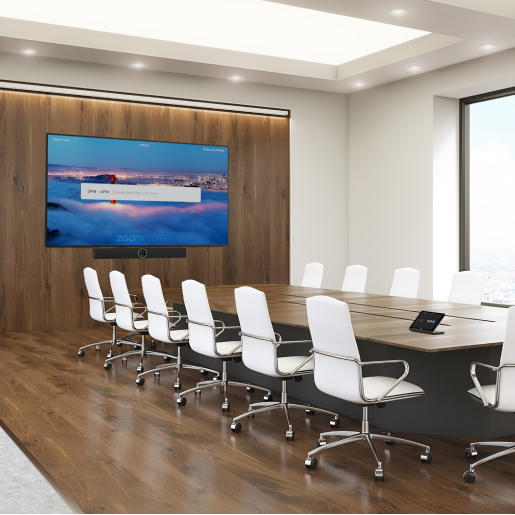
The Allure of Soundbar Microphones
The concept of a single device that handles audio input, output, and video capture is undeniably appealing. Manufacturers have taken advantage of advancements in audio processing and artificial intelligence to create soundbars that can supposedly pick up voices from up to 24 feet away and deliver pristine sound quality through advanced noise cancellation algorithms. This has led to their growing popularity in various business environments, from small huddle rooms to larger conference spaces.
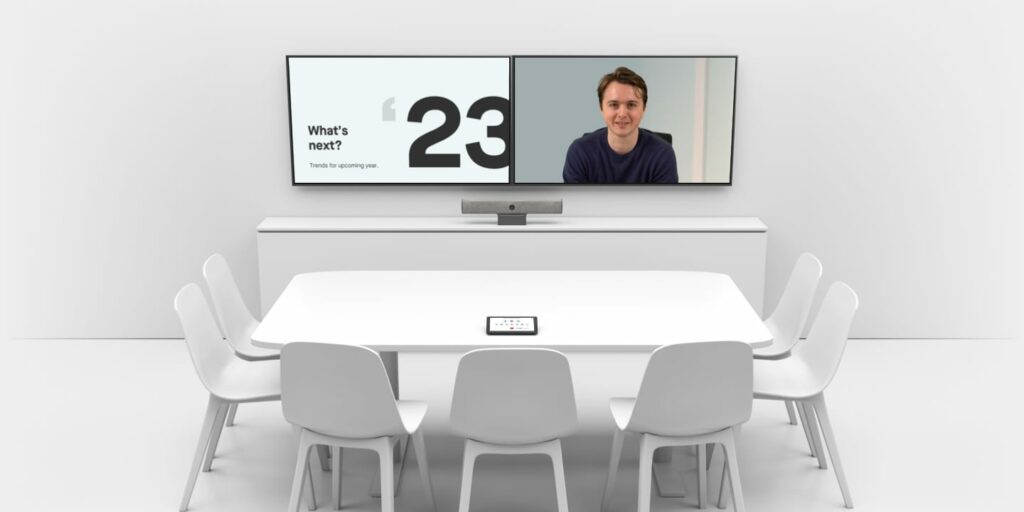
The Acoustic Reality
While the promises made by soundbar microphone manufacturers are enticing, the reality of sound quality is more nuanced. One of the primary determinants of audio clarity is the acoustic characteristics of the room. No matter how advanced the AI noise cancellation is, it can only do so much in environments that suffer from excessive reverberation and reflections. Rooms with glass walls, glass tables, and other highly reflective surfaces can lead to compromised audio quality even with sophisticated technology.
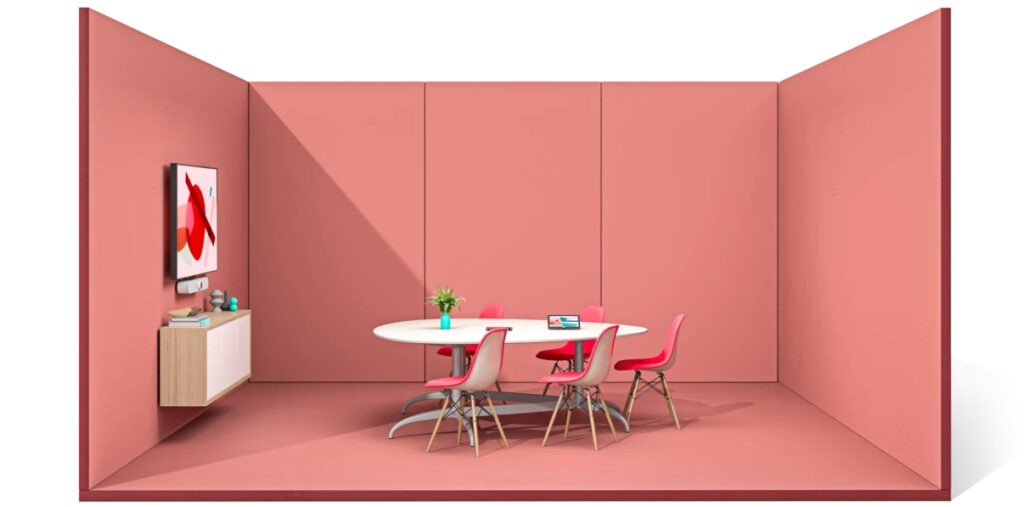
Size Matters: Where Soundbar Microphones Excel
The adage “the smaller the room, the better they work” holds true for soundbar microphones. In small spaces such as huddle rooms and compact conference rooms, these devices can shine. The absence of significant sound bleed from neighboring rooms and the generally lower tendency for reverberation in such spaces make soundbars a viable option. Here, the integration of audio, video, and speaker functions simplifies setup and enhances the overall meeting experience.
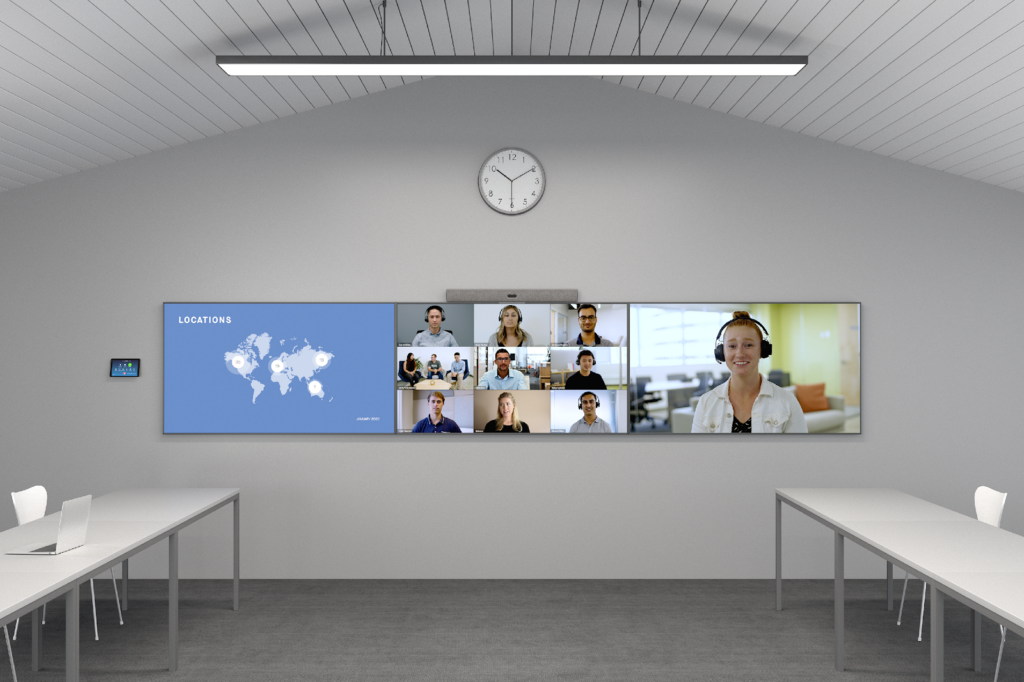
Medium and Large Conference Rooms: A Cautionary Note
However, when it comes to medium and large conference rooms, the effectiveness of soundbar microphones becomes more uncertain. While they might perform adequately in rooms with optimal acoustics, the challenges posed by larger spaces, potential sound interference from adjacent rooms, and reverberation cannot be easily overcome by AI-driven technology alone. In these cases, it’s wise to consult experts who can evaluate the specific acoustic characteristics of the room and recommend appropriate audio solutions.

Expert Evaluation and Alternatives
While soundbar microphones can thrive in smaller, controlled environments, they might not provide optimal results in medium to large conference rooms with complex acoustics. In these cases, Ford AV offers professional expertise to analyze the room’s acoustics and reverberation characteristics. Our experts allow you to explore alternative audio solutions like dedicated ceiling beamforming array microphones, strategically placed table microphones, or a combination of technologies which may better suit your space.
Partner with America’s Leading AV Technology Company

- 50+ Years of Experience – Designing and integrating innovative audiovisual systems for organizations across multiple industries.
- Nationwide AV Services – Local teams supported by a national network for dependable AV installation, maintenance, and ongoing support.
- Comprehensive Expertise – From collaboration rooms and video conferencing systems to digital signage, enterprise control systems, and managed AV services.
- Scalable, Future-Ready Solutions – Engineered for reliability, flexibility, and seamless user experiences.
- Proven Performance – Trusted by Fortune 500 companies, universities, government agencies, houses of worship, and more.
Ready to connect with Ford AV professionals? Fill out the form below to transform your space with expertly designed and integrated AV technology.






